Central Asia - Tajikistan
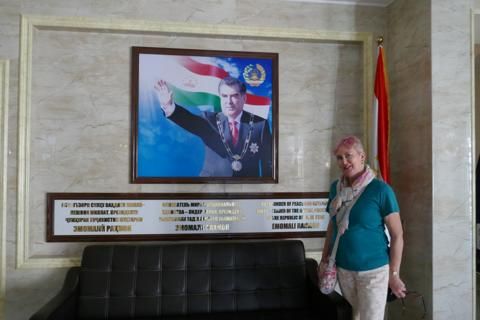
I had flown over the rugged mountains of Tajikistan which make up 90% of the country, a few weeks ago, landing at Almaty, to start this 5 Stan’s tour.
Tajikistan is surrounded by Afghanistan, China, Kyrgyzstan and Uzbekistan. It’s in the top 20 ranking for the world's poorest countries - transition after independence in 1991 was not kind to Tajikistan: with several natural disasters and a civil war from 1992 to 1997 when tens of thousands of people lost their lives, until finally a peace agreement was signed in 1997.1
We only visited Khujand in the north and although as tourists, we found crossing the border easy and the officials pleasant, for truckies and locals, vehicles are almost dismantled and sniffer dogs used, looking for contraband.
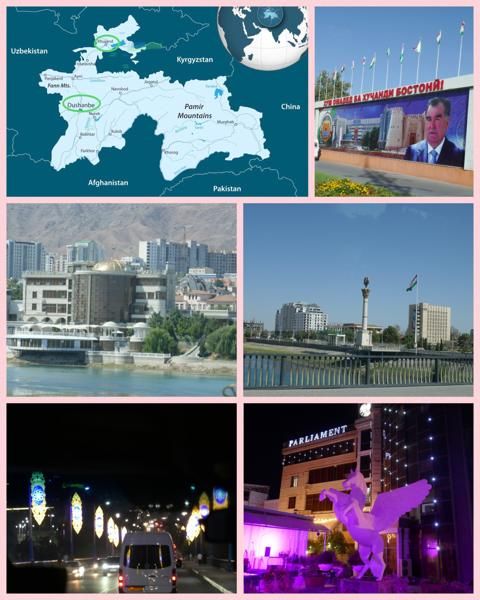
Main exports are aluminium and cotton, followed by hydroelectricity. I read Tajikistan has the largest hydroelectric power plant in the world. About half of the country’s GDP comes from money transfers by Tajik migrants working in Russia, who send money back home to their families. Travelling to Russia for work is easy for Tajik nationals and salaries much higher. Tajikistan is one of the most remittance-dependent countries in the world.
But things are looking up for Tajikistan as it has enormous growth potential of water, hydropower, agriculture and food processing, mineral resources such as gold and silver and a budding tourism industry. Peace is giving the people new hope with a young and growing population.
Khujand, a pretty city, is their 2nd largest city (after the capital Dushanbe), situated on the Syr Darya river, at the mouth of the lush Fergana Valley, yet another major trading post along the ancient Silk Road.
My favourite place was the Panjshanbe Bazaar - full of bustling activity, a feast for the senses: colours, smells, sounds. Rows of mini vans bursting with water melons, huge bags of chillies, fresh fruits and vegetables. Anything and everything is here, as you can see below.
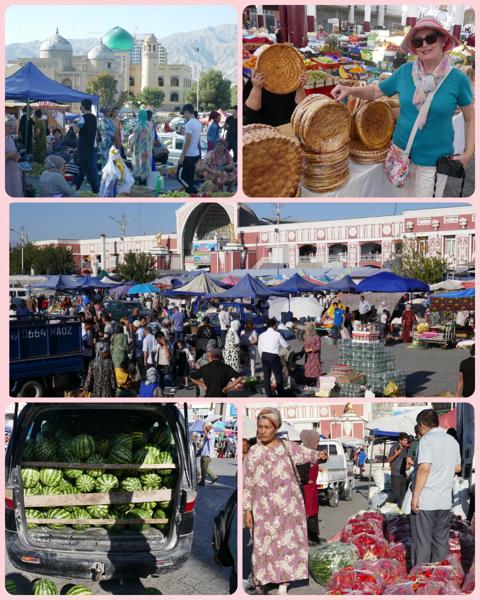
To one side the Sheikh Muslihiddin Mosque with its shimmering dome. At prayer time the traders just leave their stalls - no need to pack up - its quite safe to leave their merchandise. Isn't it wonderful to visit places where people are still so trusting?
I wanted a photo of the appetising Tajik breads - on asking the seller she agreed but not with her - she blocked her face with a huge round of bread, laughing at herself; nuts so fresh. Then in another pavilion silks and elegant gold jewellery.
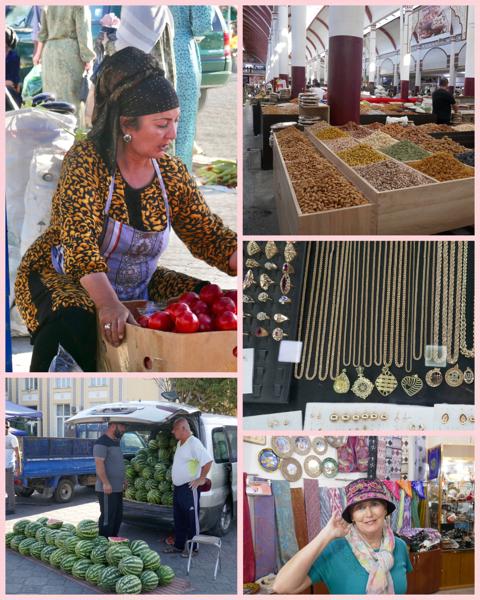
Delving into history, Tajikistan was an important trading hub on the Silk Road, giving it an economically strategic position - it was part of ancient Persia's (modern day Iran) Achaemenid Empire (6th-4th centuries BC), subdued by Alexander the Great in the 4th century BC. In 329BC, after crushing the Persian empire, Alexander's legions met fierce resistance in Central Asia.
Alexander needed a different tactic and signed a peace agreement with the most powerful provincial governor, married the daughter, Roxana and commanded his officers and 10,000 soldiers to marry Iranian women. The mass wedding a model of Alexander's desire to unite Greek and Iranian peoples. Today some Tajiks are descendants of Alexander the Great’s subjects.
By 999, the Turkic empire, took over Central Asia and by 1860 Russia was in control.
According to old writings, Alexander built a city, Alexandria Eskhata (Far Alexandria), the ruins of which were discovered near Khujand. It’s one of the oldest cities in Central Asia, dating back about 2,500 years 1

We visited the History and Archeological Museum - a highlight was the room lined with marble panels depicting the life of Alexander the Great, as shown above.
Each panel made up of 2000-3000 marble pieces with up to 15 different colours of marble. What a masterpiece! Some of the panels shown below.
Top right: Marriage to Roxana. Bottom - Alexander’s horse Bucephalus.
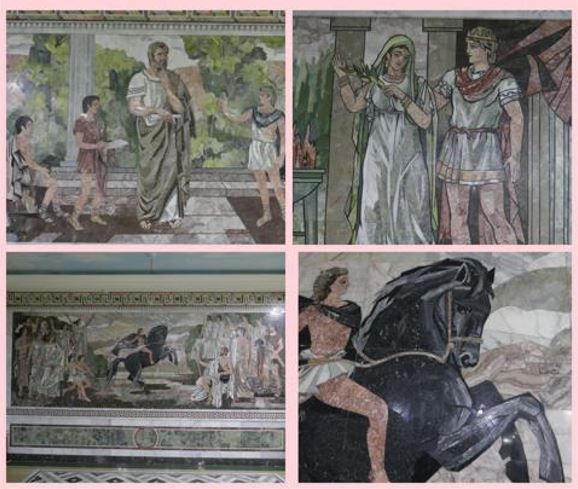
We also wandered around the grounds of the Arbob Palace, built in the mid-20th century, serving as the Communist Party Secretary's residence for Tajikistan during Soviet times. Today, it's a symbol of Tajikistan's rich heritage.
We saw the rehearsals for the upcoming Independence Day celebrations on 7 September: elegantly dressed women danced while men belted out the national anthem.
We even saw the Governor arrive. The fountains were being cleaned but Gulya convinced the gardener to turn on a few - after all we were international visitors! A large parkland surrounds the palace and many women were weeding and cleaning.
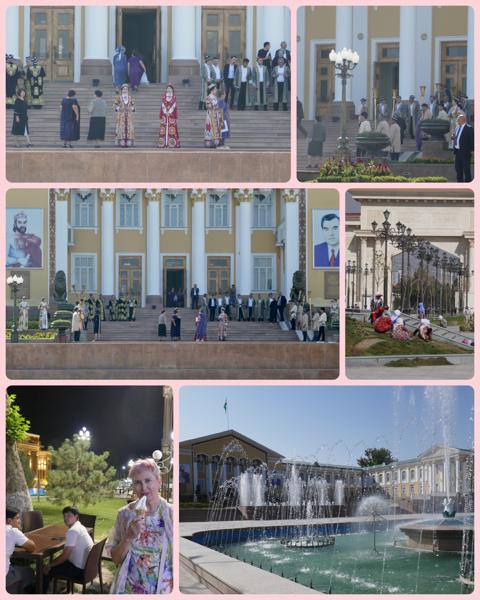
We only spent one night in Tajikistan - enough time to explore one of the parks by night and indulging in an ice cream. A sweet end to our short time in this country.
With the Persian influence people look quite different here. Russian is widely understood by most Tajiks, but Tajik is the official language - closely related to Persian (Farsi) - the original script was the Arabic alphabet, but during Soviet times, changed to the Cyrillic alphabet.
Below is a 11 minute video if you would like to explore Tajikistan a little more. It may be a bit long - the first 5 mins though covers Khujand - I noticed the market was much busier the day we were there.
The next day we headed back to Uzbekistan travelling on the same roads. Storks nested on the power poles and to our surprise the cotton had blossomed literally overnight!
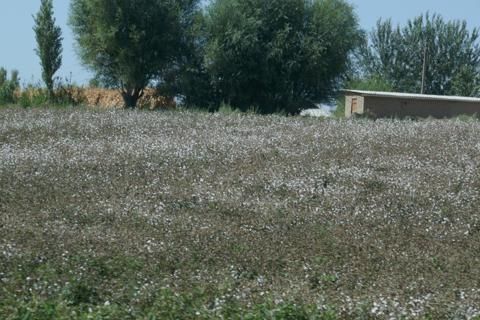
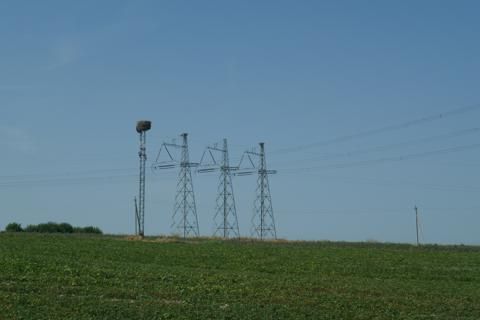
A final delight on our last night in Tashkent, Uzbekistan - a young lady performed traditional music for us, on her Chartar, a 4 stringed lute - she’s a popular performer and always travels with a chaperone (that’s her grandmother in the photo).
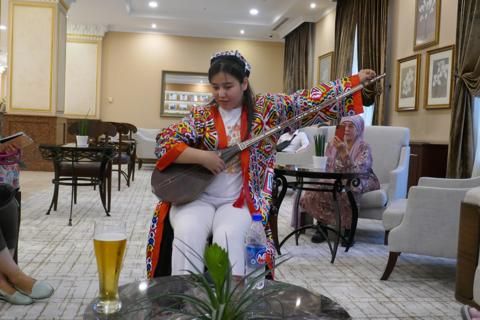
Touring through the 5 Stan’s has been an incredible journey, learning about empires I’d never heard of, visiting places I couldn’t pronounce!
Following much of the Great Silk Road steeped in history, brutal wars and conquerors - these countries have seen it all.
Today they are on a new journey selling their natural resources, balancing environmental issues, maintaining good relations with their neighbours and hopefully overcoming corruption to provide a peaceful and stable life for their people.
Connecting up with local people is always a highlight - on this trip some had never seen Europeans - they were as curious about us as we were about them. All delightful and happy despite often having very little - many hugs and photos shared - it was a joy to be greeted so openly and always with warmth.
This trip has not ended though as I flew to Baku in Azerbaijan to tour the Caucasus countries - Azerbaijan, Georgia and Armenia.
My posts on this fabulous adventure coming soon.
Credits:
1 Wikipedia
